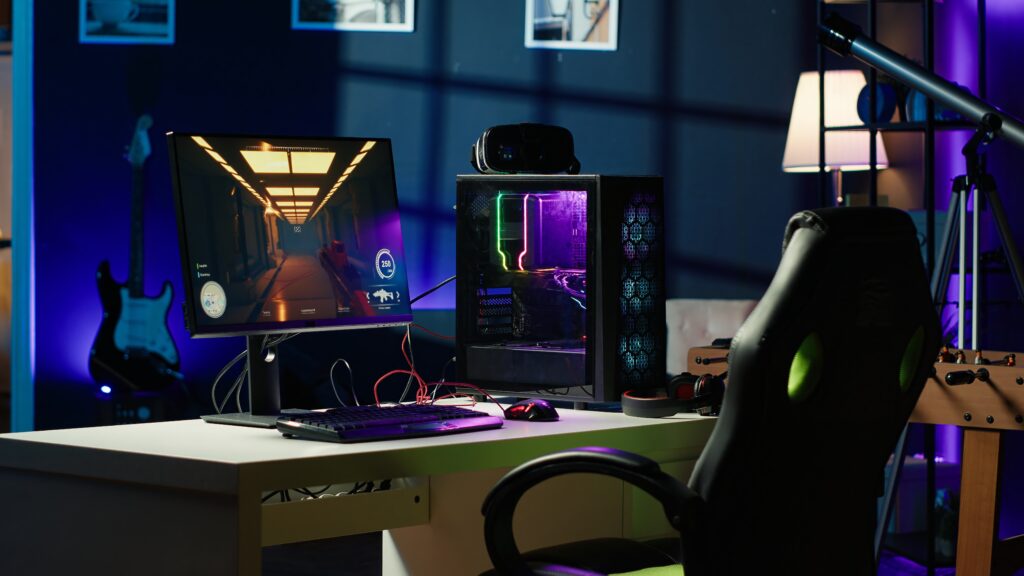The past few years have been some of the most turbulent in the history of the video game industry. From 2022 to 2025, studios large and small have faced massive layoffs, reshuffling teams, canceling projects, and leaving thousands of talented developers without work. For players, this wave of disruption has raised questions about delayed releases, live service shutdowns, and the future of their favorite franchises.
But 2025 also signals the beginning of recovery. With new strategies emerging from publishers, stronger pushes for independent studios, and a growing conversation about sustainability, the gaming world may be entering a period of rebuilding. Here’s what both developers and players need to know about the state of gaming in 2025.
The Layoff Wave: What Happened?
Between 2022 and early 2025, more than 20,000 industry jobs were lost worldwide, with major companies like Microsoft, Sony, Electronic Arts, and smaller indie publishers all announcing staff cuts. The causes were complex:
- Post-pandemic slowdown: Studios expanded rapidly during the pandemic to meet player demand, but the market cooled in 2023–2024.
- Rising development costs: AAA games now take longer and cost hundreds of millions to produce, leading to financial strain when titles underperform.
- Overreliance on live service models: Many multiplayer projects failed to capture sustainable audiences, resulting in sudden shutdowns.
- Investor pressure: Publicly traded companies felt compelled to show quick returns, often at the expense of long-term creative planning.
How Players Have Been Affected
For players, layoffs aren’t just industry news—they have a direct impact on the games people love.
- Delayed or canceled projects: Anticipated titles were quietly shelved, leaving fans in limbo.
- Live service instability: Games with smaller player bases, such as niche shooters or MMOs, have been cut off early, frustrating loyal communities.
- Support and updates: Even well-received games have slowed in patches and expansions as teams shrink.
However, not all the news is grim. Players have also seen indie studios step in with fresh, innovative titles, proving that creativity often thrives outside corporate giants.
Signs of Recovery in 2025
While the industry has been bruised, there are positive signals that recovery is underway:
- Indie Renaissance – Tools like Unity, Unreal Engine 5, and accessible publishing platforms are empowering smaller teams. Many laid-off developers are forming their own studios and bringing passion projects to life.
- Sustainable Development Models – Companies are beginning to prioritize realistic production cycles and avoid over-promising on roadmaps.
- Government Support – Countries like Canada, South Korea, and the UK are expanding tax incentives and grants for game development, helping stabilize local studios.
- Player-First Design – After high-profile live service failures, publishers are shifting focus back to single-player experiences and narrative-driven content, which remain highly profitable.
What Developers Should Know
For developers navigating this new landscape, several strategies are key:
- Networking is crucial: Many laid-off devs are finding opportunities through online communities, game jams, and LinkedIn groups.
- Upskilling pays off: Expertise in AI, procedural generation, and cross-platform optimization is in high demand.
- Independence is viable: Crowdfunding platforms and early-access models are giving small studios the chance to succeed without traditional publishers.
What Players Should Know
Gamers also play a role in shaping the industry’s recovery:
- Support indie projects: Buying from smaller studios directly can help developers stay afloat and grow.
- Be patient with releases: Recovery takes time, and delays often mean a healthier, more complete game.
- Engage respectfully: Developers facing layoffs often share insights online—listening to their experiences helps foster a healthier gaming culture.
The Road Ahead
The video game industry is resilient. While the layoffs from 2022 to 2025 left deep scars, the period has also forced a reevaluation of how games are made, funded, and maintained. The shift toward smaller, more sustainable projects alongside renewed interest in player-first experiences may shape the next era of gaming for the better.
For developers, this is a moment to reinvent. For players, it’s a chance to support innovation and encourage healthier practices in the games we love.
One thing is certain: even after one of its hardest stretches, gaming isn’t going anywhere: it’s evolving.



